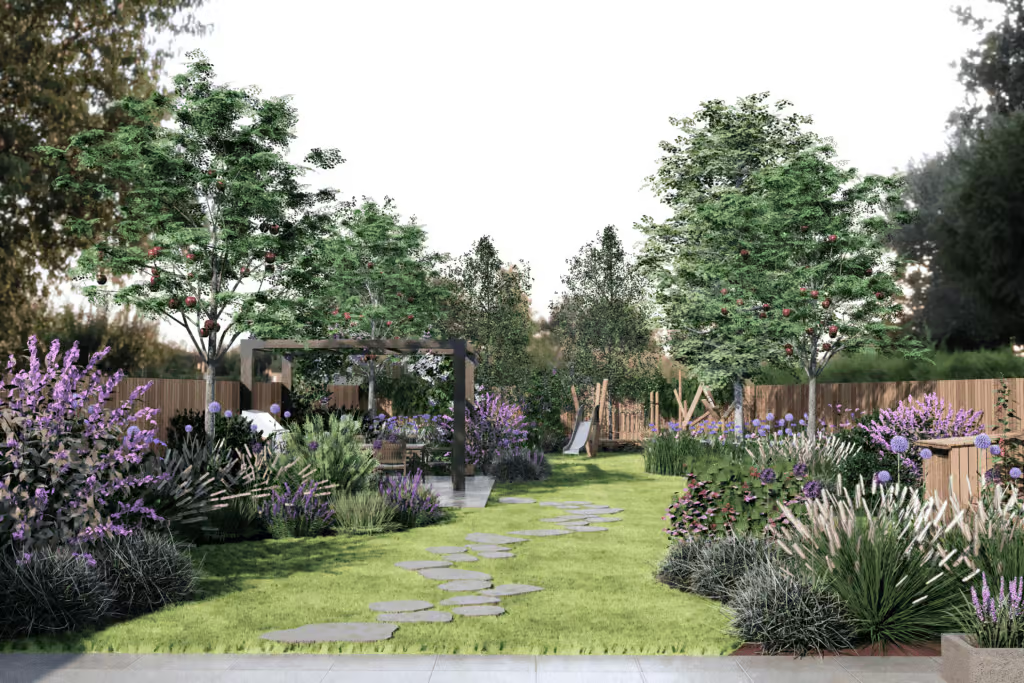Incorporating native plants into your garden is one of the most effective ways to create a beautiful, low-maintenance, and environmentally friendly landscape. Not only do native species require less upkeep than non-native plants, but they also play a crucial role in supporting local ecosystems. By providing food and habitat for pollinators, birds, and beneficial insects, native plants help boost biodiversity while reducing the need for fertilizers, pesticides, and excessive watering.

native plants are low-maintenance; they don’t need fertilizers or pesticides, so they are cost-effective too. They also eliminate the need for mowing and gas-powered equipment, which pollute the environment.”
Unlike ornamental exotic species that often require constant care to adapt to an unfamiliar climate, native plants are naturally suited to your region’s soil, rainfall, and seasonal conditions. This means they can thrive with minimal intervention, reducing the amount of watering, pruning, and winter preparation required.
plants have been an integral part of local ecosystems for centuries. “A good working definition of a native plant is a plant that has occurred naturally for hundreds or thousands of years in a particular region or ecosystem. Plants found in the United States before European settlement are typically considered native. However, it’s important to note that while a plant may be native to some states, it may not be suitable for planting in more distant states, where it has not evolved.”
To ensure you’re planting the right native species, research plants that are indigenous to your specific area. Many local nurseries and conservation organizations provide resources to help gardeners select the best plants for their climate. By choosing native flowers, shrubs, and trees, you’ll create a thriving, self-sustaining garden that enhances biodiversity, conserves resources, and requires minimal effort to maintain.
Whether you’re designing a pollinator-friendly flower bed, a resilient border, or a naturalized meadow, planting native species is a simple yet powerful way to support the environment while enjoying a lush, vibrant, and low-maintenance garden.
